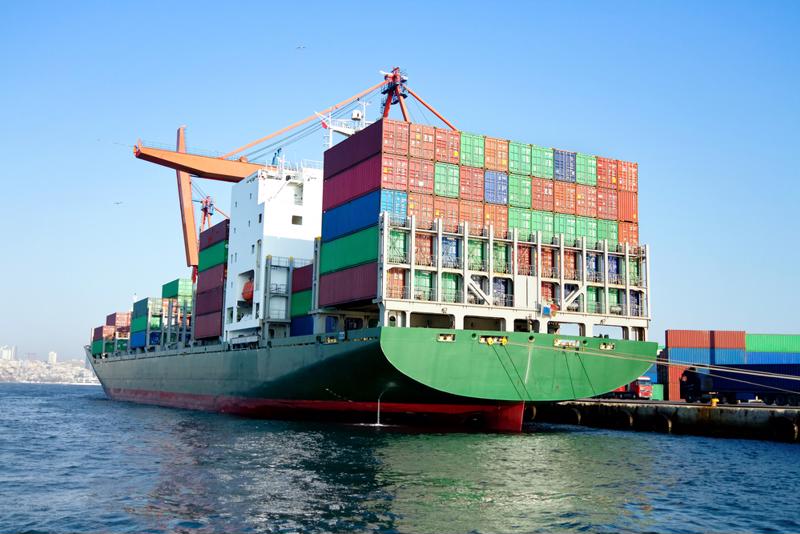From the contract dispute between the Pacific Maritime Association (PMA) and International Longshore and Warehouse Union (ILWU) last year to the more recent strike launched by Teamsters, the nation's West Coast ports have been plagued with issue after issue. This has led to backups at the U.S.' most active trading ports, caused by a steady flow of shipments but limited manpower there to send or receive them.
This has forced some companies to relocate to the East, but even on the clear opposite of the country, port congestion is a major issue.
This is particularly apparent at the Port of Virginia, one of the country's largest. It's gotten to the point where the frustration and delay has workers contemplating whether they should pursue another line of work.
"It's ridiculous," said independent truck driver Albert Newcomb, who told the Wall Street Journal that he's had to wait in line for two hours before his vehicle was the next one to offload. "It's almost to the point where you want to quit."
Port congestion a daily battle at nation's largest
"Ships are bigger and carry more cargo, thereby exacerbating port congestion."
Part of the problem is the domino effect caused by the labor contract negotiations that adversely impacted the country's more than two dozen West Coast ports through much of last year. The PMA and ILWU finally came to an accord earlier this year, and congestion is slowly subsiding as a result. But the bottleneck along the East Coast's is also due ocean carriers operating bigger vessels and larger container shipments. Based on estimates from the American Association of Port Authorities (AAPA), seven of the nation's 10 busiest trading ports are dealing with heavy volume levels on a regular basis.
"[Big ships] have stressed the infrastructure to the breaking point," Jock O'Connell, economist and international trade adviser at Beacon Economics told the WSJ.
 Ships today are much larger than they were when ports were originally designed.
Ships today are much larger than they were when ports were originally designed. Ports need to be redesigned
He added that even after the backup clears out, it likely won't eliminate the congestion problem completely because ports have not changed with the times. Thus, it's key that ports be redesigned so that they more adequately accommodate to vessels that are larger, as well as the increased amount of cargo that ships are carrying.
The problem isn't going away anytime soon. Based on estimates from the U.S. Department of Transportation, between 2010 and 2014, container trade between the U.S. and Northeast Asia is expected to more than triple, WSJ noted. Trade deals that are currently in the negotiation process, such as the Trans-Pacific Partnership (TPP), will no doubt increase exporting and importing activity internationally.
Traffic tie-ups at the U.S.' trading ports has led to sizeable growth in neighboring countries. For instance, in Canada, container volume along its western ports between January and March rose 45 percent on a year-over-year basis, according to the Journal of Commerce. Seattle and Tacoma port losses were Canada's gains, with shippers using ports in Vancouver and Prince Rupert, located in British Columbia.